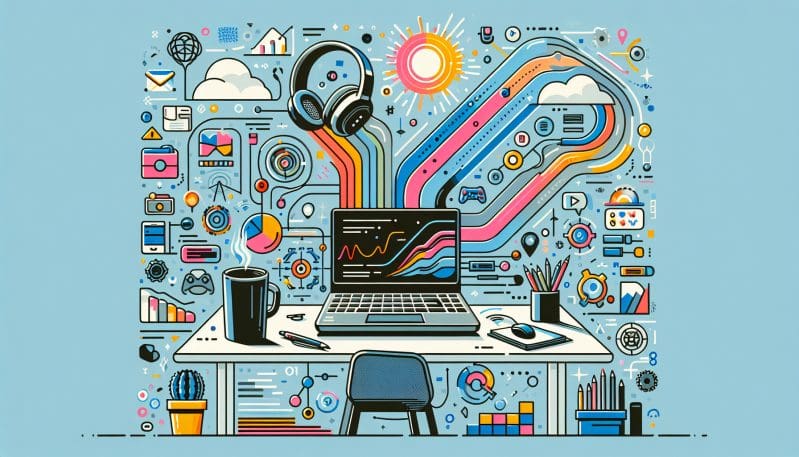The Resume Revolution: Bridging the Skills Gap in a Telecommuting World
- Home
- The Resume Revolution: Bridging the Skills Gap in a Telecommuting World

- Editors Desk
- February 21, 2024
- 0 Comments
As the tectonic plates of the global work environment shift beneath our feet, the prophecy of a telecommuting future is becoming a stark reality. The rise of remote work is not just altering the ‘where’ of work, but also the ‘how’ we approach the entire employment lifecycle — especially the act of job seeking and hiring. The traditional resume, once the stalwart document of professional identity, is under scrutiny as it may no longer suffice in bridging the burgeoning skills gap many employers face.
In the throes of the Resume Revolution, we are witnessing the advent of dynamic digital portfolios. These living, breathing showcases of professional prowess provide a more comprehensive narrative of a candidate’s journey, talents, and potential. Unlike the static bullet points of a paper resume, digital portfolios are multimedia stories, highlight reels of projects, successes, and collaborations that speak to the candidates’ real-world experiences.
Alongside portfolios, micro-credentials have emerged as badges of honor in the digital age. These bite-sized qualifications, often earned through online courses and workshops, allow individuals to demonstrate their ongoing dedication to learning and improvement. They signify not just knowledge but the willingness to adapt and grow — an essential quality in the fast-paced telecommuting work environment.
Moreover, as artificial intelligence wraps its digital tendrils around the hiring process, AI-driven skill assessments are becoming increasingly prevalent. These tools aim to evaluate a candidate’s abilities and fit for a role more objectively, often through simulations and real-life tasks. They can also uncover hidden talents, revealing capabilities that even the most articulate resume might fail to convey.
However, with these innovations, a question looms: Are standard resumes becoming obsolete? Not entirely, but they are increasingly part of a larger, richer tapestry. Workers must now consider how to effectively showcase their capabilities and adaptability to potential employers. It’s not enough to list skills; candidates must demonstrate them, weave them into their professional narrative in a way that resonates in a remote work context.
Moreover, the significance of soft skills cannot be overstated, particularly in a telecommuting world. Communication, self-management, collaboration — these are the skills that ensure a dispersed team can function effectively. Demonstrating these abilities can be subtle, yet they are crucial in a candidate’s presentation.
Continuous learning and upskilling play a pivotal role in the Resume Revolution. In an environment where change is the only constant, those who dedicate themselves to learning will find themselves at the forefront of their fields. That’s why No Worker Left Behind champions a culture of perpetual learning, endowing workers with the ability to not just keep up but lead the charge into the future of work.
Finally, companies are called upon to rethink their talent identification strategies. In a dispersed workforce, the conventional methods of talent spotting may overlook the gems in their midst. It’s time for organisations to employ more innovative, inclusive approaches that ensure diverse talents are recognized, nurtured, and brought to the fore.
No Worker Left Behind’s mission echoes through the Resume Revolution: to ensure that in our transition to an online workspace, we foster an environment where the growth, education, and visibility of every worker are paramount. It is a challenge, certainly, but in it lies the opportunity to build a more equitable, efficient, and productive professional world.
The Resume Revolution is not just a change; it’s an evolution — one that we must embrace with open minds and full hearts. With the right tools, the right mindset, and a commitment to continuous learning, we can bridge the skills gap and craft a future where no worker is indeed left behind.

Leave A Comment